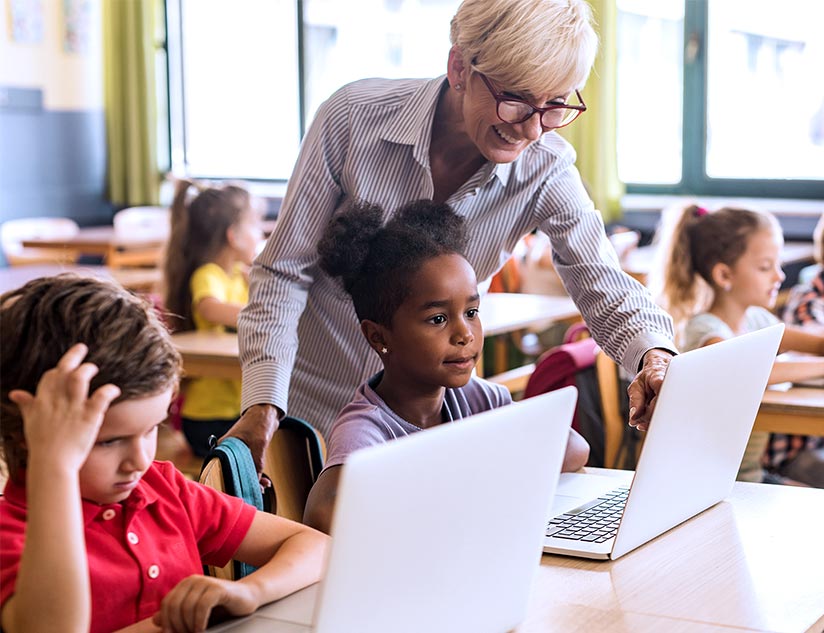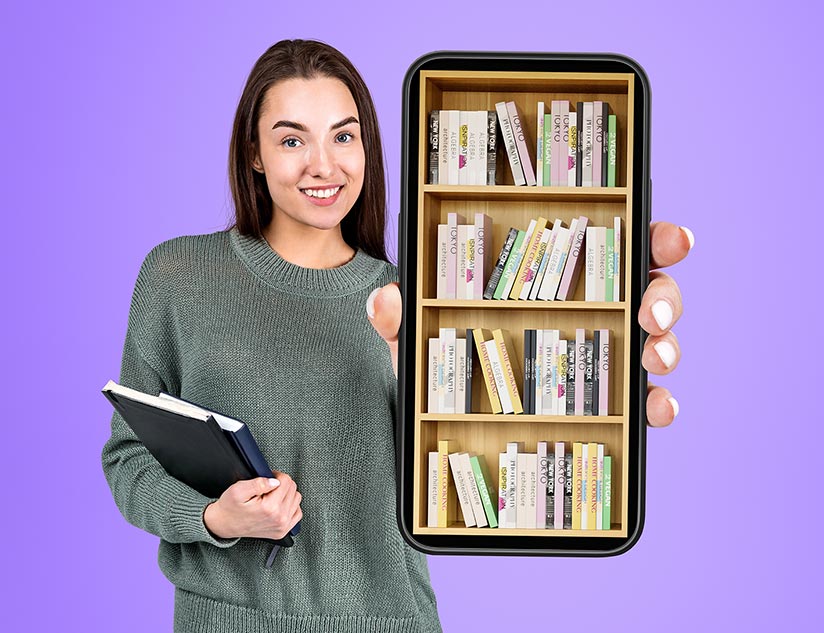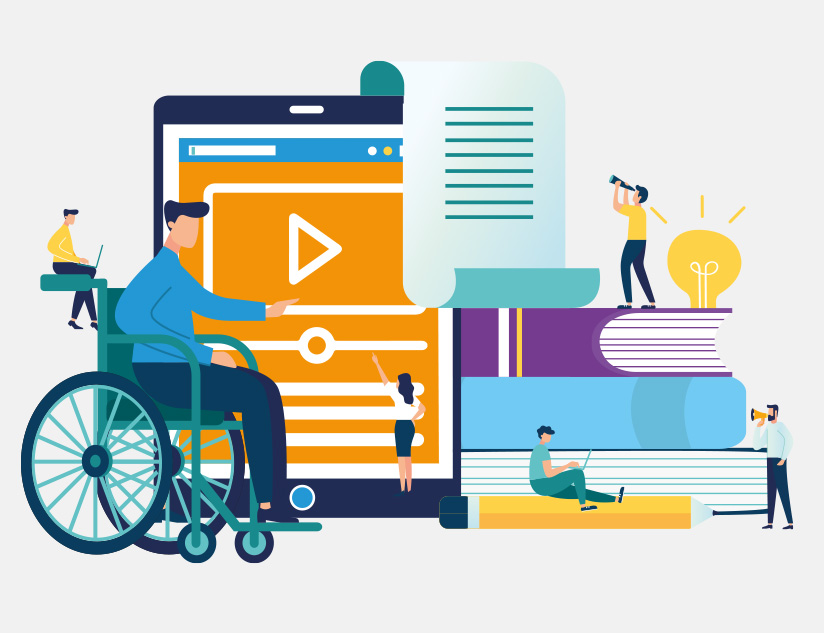Driving Education Accessibility with Content Distribution Platforms
August 22nd, 2023
Access to education implies creating a safe environment where age-appropriate student enrolment and progression can take place with regularity and consistency to meet national/international achievement standards, says UNESCO. Ensuring accessibility begins with the creation of equitable and inclusive learning opportunities.
Globally, 20% of children, adolescents, and young adults are excluded from the education ecosystem, according to a May 2023 UNESCO report. Additionally, 40% of those with access do not get learning opportunities in a language they understand, while children with special needs are “disproportionately excluded” from schools worldwide.
This blog discusses measures to act upon UNESCO’s suggestion to leverage technology to amplify access to education and how content distribution platforms (CDPs) can be instrumental in achieving accessibility goals.
Challenges in Education Accessibility
The current status of education accessibility highlights the fragility of the right to education.
Inaccessibility of learning is often dictated by the socioeconomic situation, location, gender, disability, religion, or displacement status of learners.
Other barriers to effective education include:
- Attitudinal differences that lead to hostility and discrimination.
- Systemic barriers, such as policies, curriculum rigidity, etc.
- Physical barriers, such as distance of schools or lack of facilities for special needs learners.
- The digital divide that separates those with access to online education from the ones without access.
Drive Accessibility with Content Distribution Platforms
EdTech has evolved into an ecosystem that facilitates both offline and online learning. Modern learning management systems (LMSs) are equipped with tools for content and assessment creation, content distribution, and analytics. Such functionalities can significantly transform learning curation, delivery, and outcomes. Content distribution platforms play a crucial role in fostering accessibility in various ways.
Reach
Traditional educational institutions included on-premise edtech-powered learning tools but failed to address those who could not be physically present in the classroom. Advanced content distribution platforms facilitate the dissemination of learning materials that are compatible across devices, browsers, and operating systems. This allows education to reach anyone with Internet connectivity.
Flexibility
CDPs foster self-driven education, powered by an anytime-anywhere learning model. Online learning solutions use multimedia content, downloadable digital textbooks, and interactive and feedback-enabled assessments to provide flexible learning opportunities to all learners. Augmentations, such as video captioning, touch-based or audio-interaction, and NLP-based interfaces, enhance accessibility for learners with special needs.
Affordability
The declining cost of devices and access to the Internet, combined with the multi-channel presence of modern digital systems, enable learning distribution at affordable costs. Communities and legislation can further facilitate access to affordable education.
Education Publishers are Central to Enabling Accessible Learning
Educational publishers play a key role in driving accessibility by leveraging CDPs. Powerful content distribution platforms arm them with all the tools required to create and distribute accessible learning materials.
Creating and Distributing Online Courses
Educational publishers are creating and distributing online courses that enable access not limited by geography. They leverage assistive technologies to ensure multilingual and multi-format learning content development to optimize learning platform usage. Further, creating reusable micro-modules and providing engaging learning experiences makes education more inclusive.
Providing Access to Digital Textbooks
Educational publishers are providing access to digital textbooks that learners can use on the device of their choice. Downloadable, hyperlinked eBooks, augmented with assistive learning technology, improve accessibility and empower learners to learn at their own pace.
Developing Learning Management Systems
EdTech companies are developing learning management systems that can be used to deliver and track online learning seamlessly. AI-powered systems utilize analytics to evaluate learning outcome achievement, identify learning gaps, and suggest reinforcement measures to bring slow learners at par with educational standards. Also, these techniques create personalized learning paths to ensure that each learner’s learning needs and goals are met.
Finally, low-code or no-code learning delivery environments can be plugged-in with cutting-edge content distribution platforms to expand reach via seamless API integrations.
Accelerate Inclusion With CDP-Powered Learning Delivery
According to a World Bank report, a third-grader who lost one year of school education during the pandemic could lose up to 3 years of learning in the long run. The current generation of students may incur a collective loss of $17 trillion worth of lifetime earnings if corrective measures are not taken to bridge these learning gaps. Along with learning recovery, ensuring continued education and preventing new learning gaps from appearing is the need of the hour. Facilitating access is, therefore, urgent and essential.
Content distribution platforms are equipped to make online learning available in accessible formats to learners by removing barriers to access. The key is to partner with a technology provider adept at ensuring compliance, adoption, and customization to help you offer exceptional learning experiences.
MagicBox™ is a leading provider of transformative technology solutions to empower educational publishers and institutions to optimize learning delivery.













